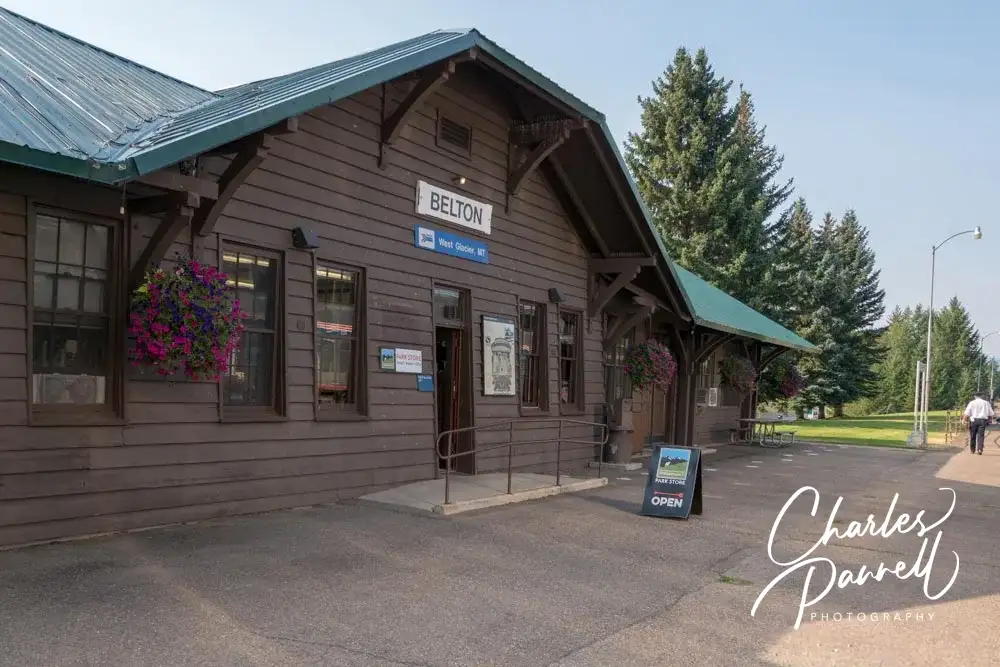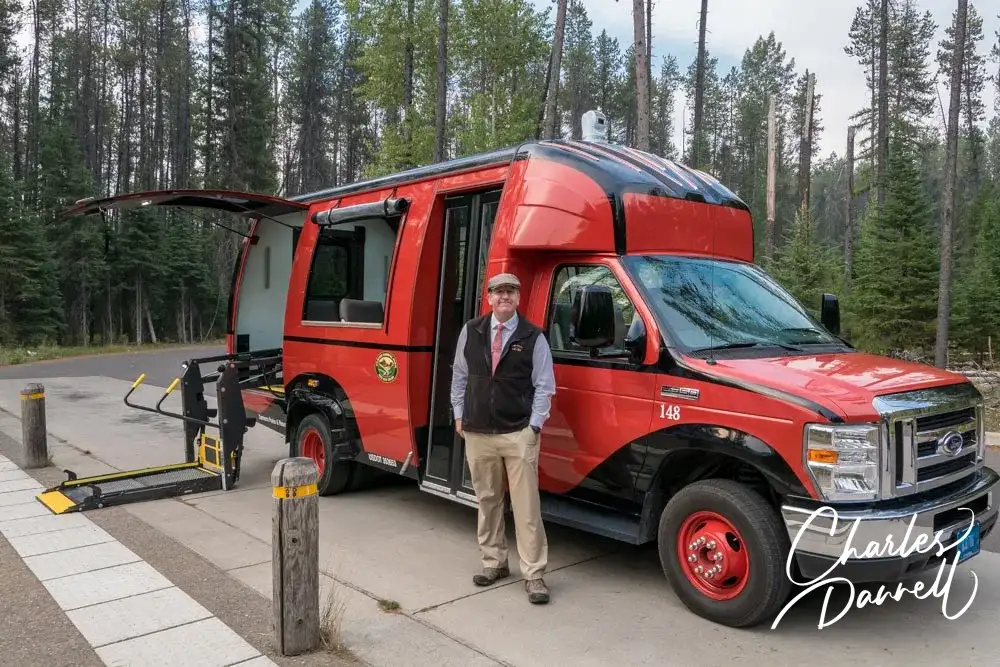Yosemite Firefall Coming in February
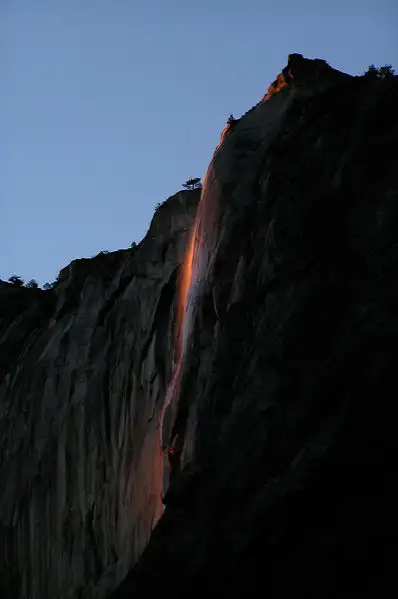
In days of yore, visitors would flock to Yosemite on summer evenings to witness the splendor of the Yosemite Firefall. A naturalist’s nightmare in this day and age, the 1960s firefall was created by park concessionaires tossing a burning rubbish pile off of Glacier Point. And to the delighted crowd gathered below, it appeared as if a fire waterfall was tumbling down over the rock face. For obvious reasons this ritual is no longer performed.
That said, today park visitors can experience a more natural — and just as spectacular — version of a firefall at Horsetail Fall. Every February when this waterfall is backlit near sunset, a vibrant orange glow emanates and mimics the appearance of a waterfall on fire — minus the rubbish pile. And although conditions have to be just right to witness this natural phenomenon, the firefall attracts visitors in droves for the possible opportunity. Of course whenever there are crowds, there are also rules and regulations. So here’s what you need to know — including where to find the accessible viewing areas — to experience the Horsetail Fall lightshow.
Yosemite Firefall Basics
There are several basic requirements for a good Yosemite Firefall. First and foremost you have to have water. A good fall rainfall is helpful for a robust firefall.
Second, you need clear skies so the sun can reflect off the granite behind the waterfall. And although this is up to Mother Nature, it also helps to keep an eye on the weather. If it’s overcast, cloudy or foggy, it will probably be a no-go. Of course you have to hit it at the right time of day — sunset — for an optimum firefall experience. Sunset times range from 5:30 PM to 5:51 PM from February 8 to February 28.
Finally, there’s the location. The best place to view Horsetail Fall is near the El Capitan Picnic Area. Best bet is to try and snag a parking spot at Yosemite Falls, and walk 1.5 miles on Northside Drive to the viewing area. If Yosemite Falls parking is full, park in Yosemite Village or Curry Village and take the free shuttle to Yosemite Falls.
Even if you can’t manage the level walk, you can still enjoy this majestic show. Although one lane of Northside Drive will be closed to accommodate the large number of pedestrians, people with an accessible parking placard are allowed to drive to and park in the El Capitan Picnic Area. They are also allowed to park in any of the turnouts on the north side of Northside Drive. That said, it’s important to note that on busy weekends, Northside Drive may close completely for about an hour after the firefall. And if nature calls, remember there’s an accessible vault toilet in the El Capitan Picnic Area.
Reservation Information
Due to the popularity of the Yosemite Firefall, park entrance reservations are required for the following weekends in 2025.
- February 8-9
- February 22-23 (Presidents’ Day Weekend)
- February 24–25
These reservations are required even if you don’t plan to visit Horsetail Fall. Reservations can be made online at www.recreation.gov, and although there is no fee for the reservation, there is a $2 service charge. Entrance fees are not included with the reservations, and you need a reservation even if you have a national park entrance pass (emerginghorizons.com/how-to-get-a-lifetime-national-park-pass/). The reservations are valid for seven days.
If you arrive at the park Monday through Friday (except Monday February 17) and then leave, you will not need a reservation to gain re-entry on the following weekend, as long as you have your park entrance receipt. Pedestrians, cyclists and people who ride YARTS will not need an entry reservation. Additionally, people who have lodging or camping reservations in the park or in Wawona, Yosemite West or Foresta will not need a reservation. No walk-in camping will be available in February.
Unlike the summer entrance reservations of previous summers, these entrance reservations are required 24 hours a day. Vehicles arriving without entrance reservations on the specified weekends will be turned away. Visitors are allowed to book one reservation, and the person named on the reservation must be in the vehicle. Be sure to print our your reservation, and be prepared to show your ID at the park gate.
Fifty percent of the entrance reservations were released on November 18, 2024, and are available on a first-come basis. The remaining reservations will be released at 8 AM PDT two days prior to the reservation date. For more information, visit www.nps.gov/yose.
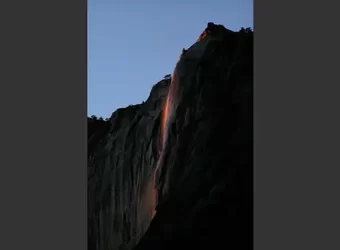
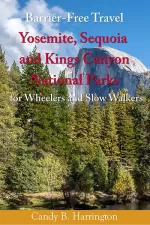
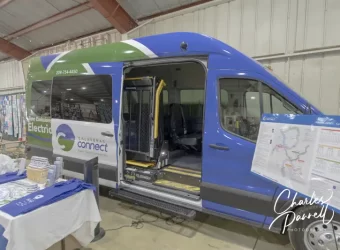
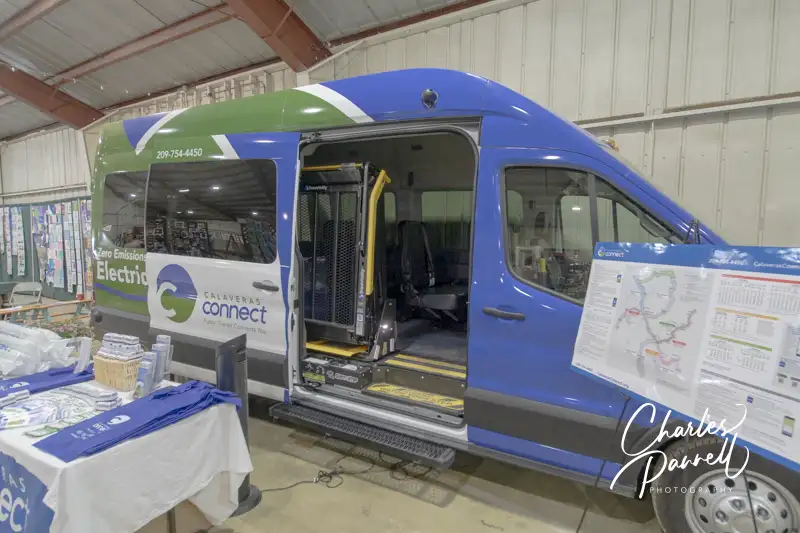 It’s fun to go wine tasting with friends on the weekend. But then you have that age-old problem — who is going to be the designated driver? Of course you could always make a promise to limit your consumption, but sometimes that just doesn’t work. Well, if you happen to be visiting Murphys or Angels Camp on a Saturday, there is another solution — take the Hopper. This short shuttle route connects the two cities and even makes a stop at Ironstone Vineyards. And the good news is, they will also go a little off route with advance notice. So pack your bag, gather your friends, and get ready to enjoy a wine tasting weekend on the Calaveras Hopper.
It’s fun to go wine tasting with friends on the weekend. But then you have that age-old problem — who is going to be the designated driver? Of course you could always make a promise to limit your consumption, but sometimes that just doesn’t work. Well, if you happen to be visiting Murphys or Angels Camp on a Saturday, there is another solution — take the Hopper. This short shuttle route connects the two cities and even makes a stop at Ironstone Vineyards. And the good news is, they will also go a little off route with advance notice. So pack your bag, gather your friends, and get ready to enjoy a wine tasting weekend on the Calaveras Hopper.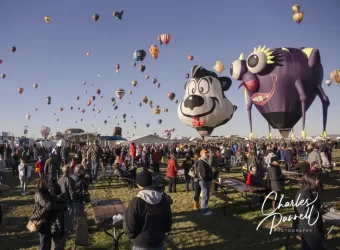
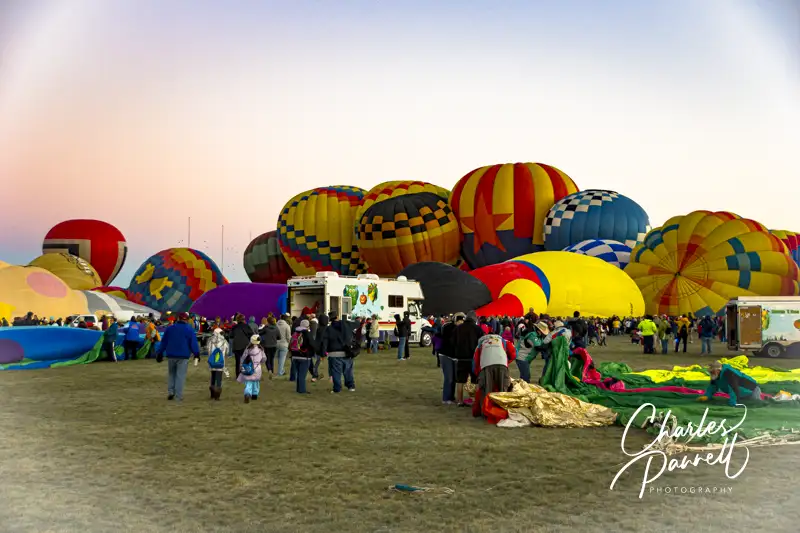

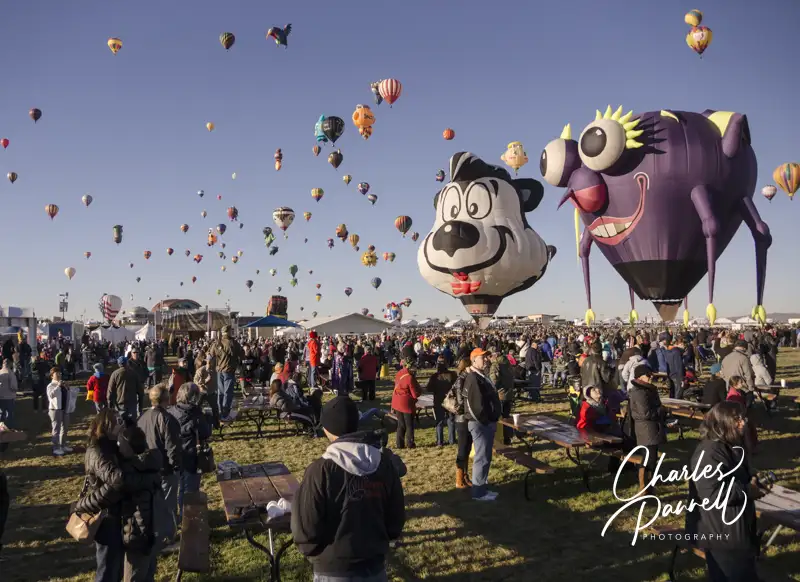

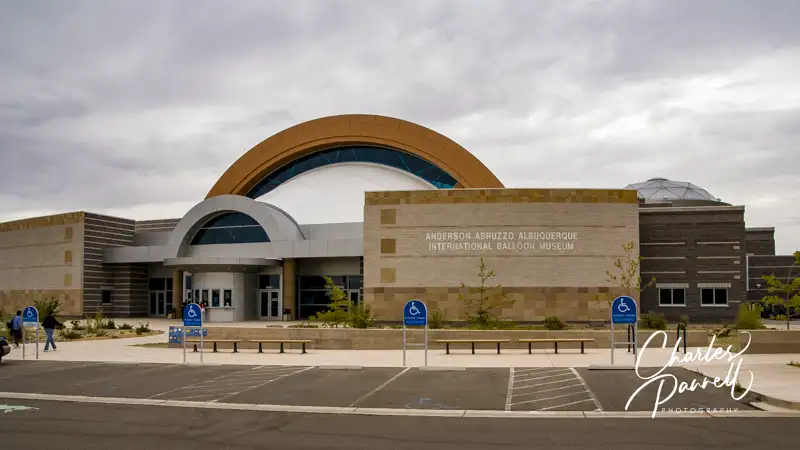
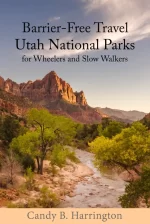
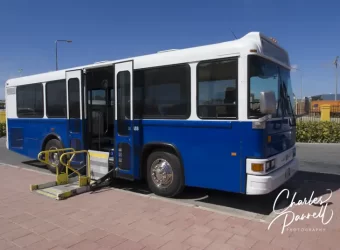
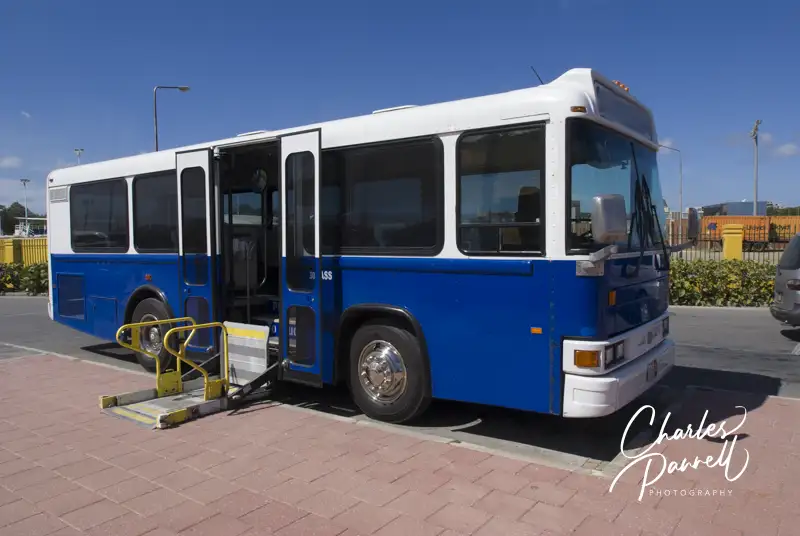
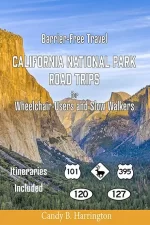
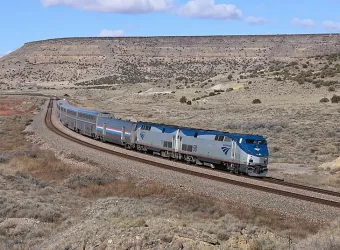

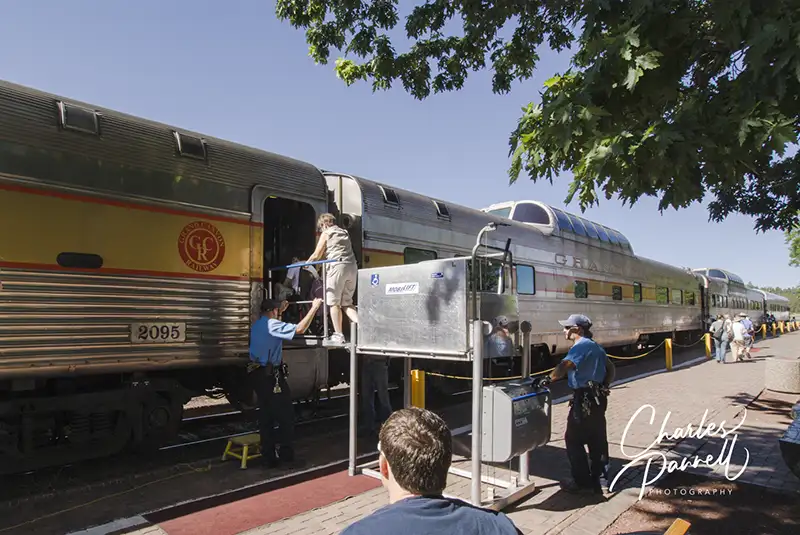
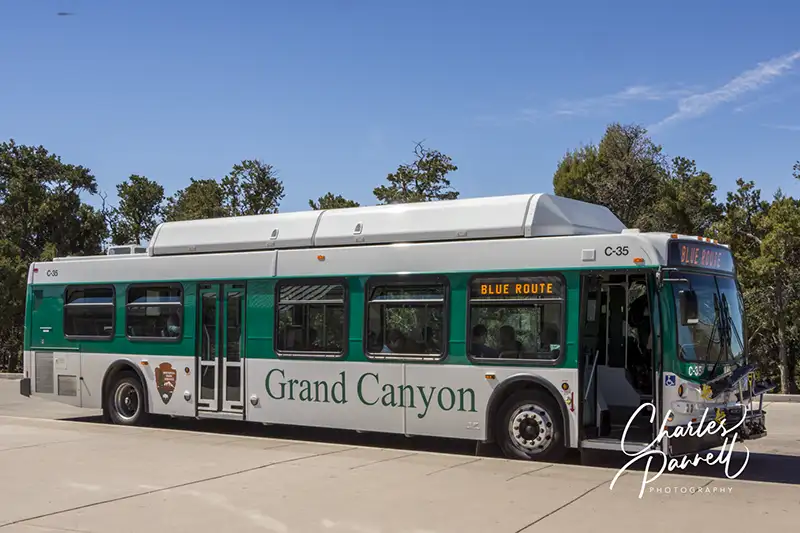
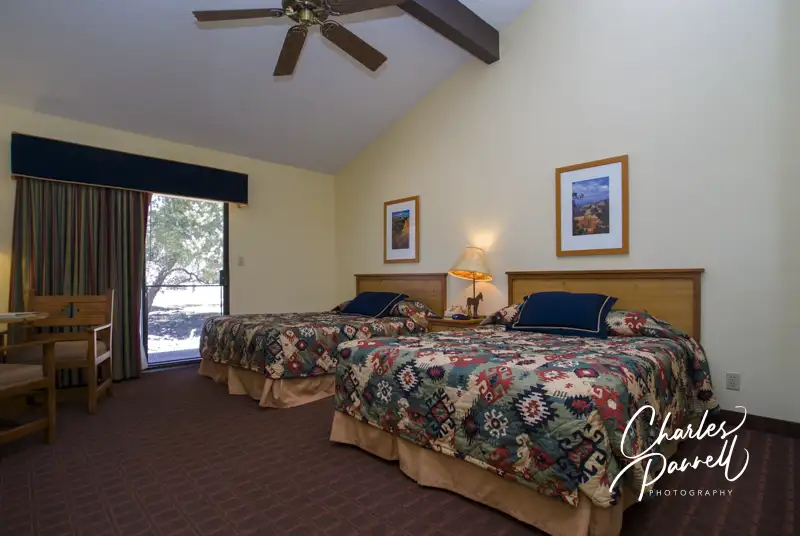

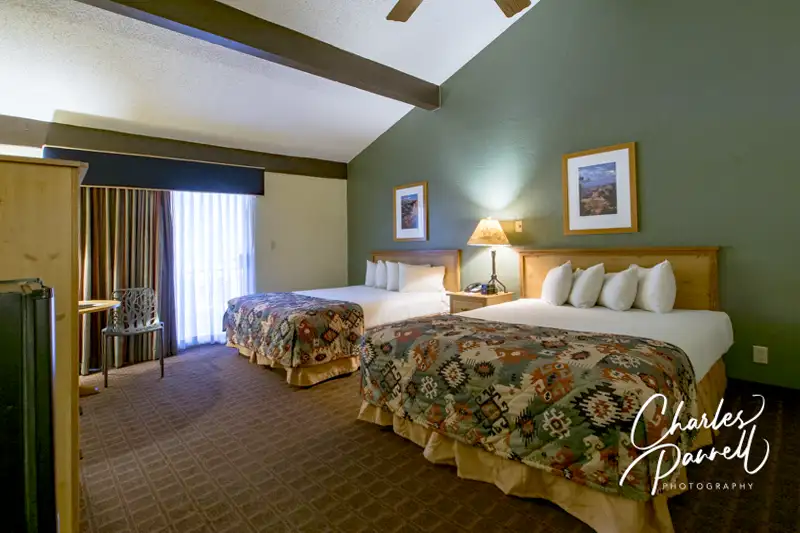
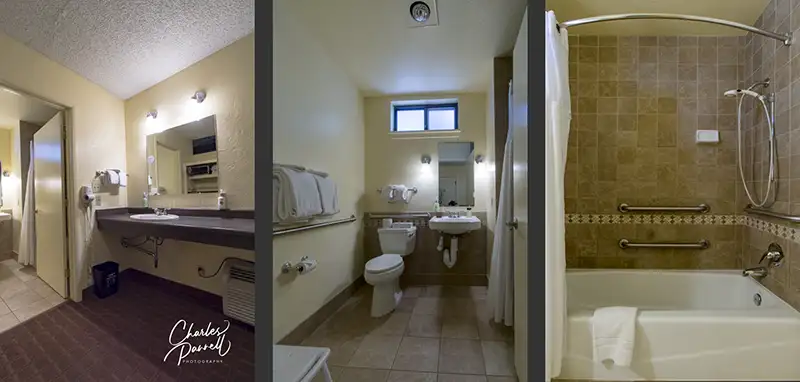
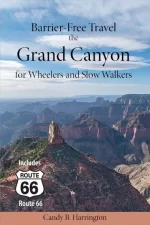
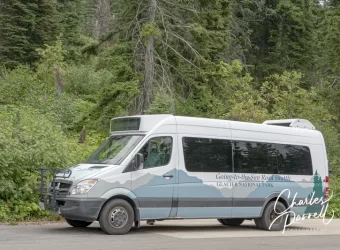

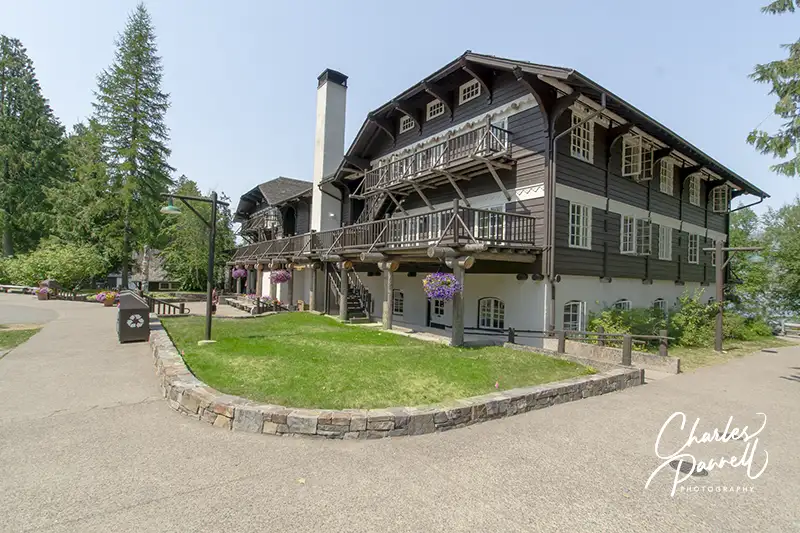
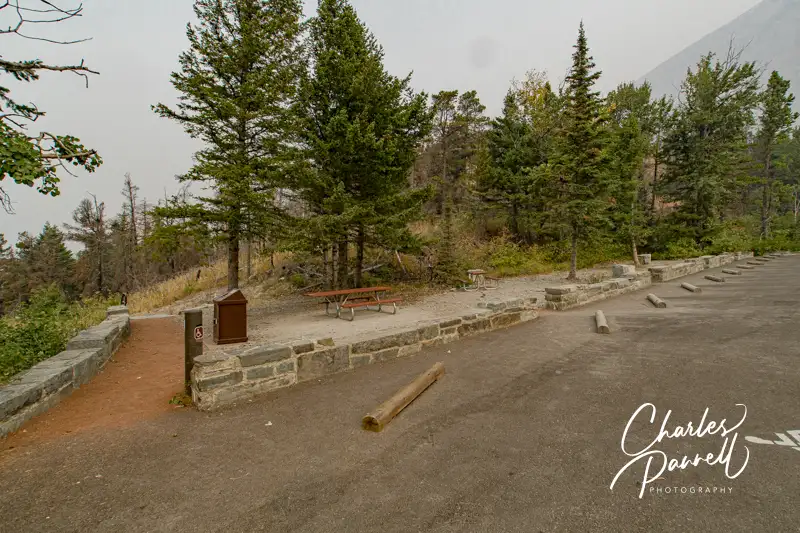
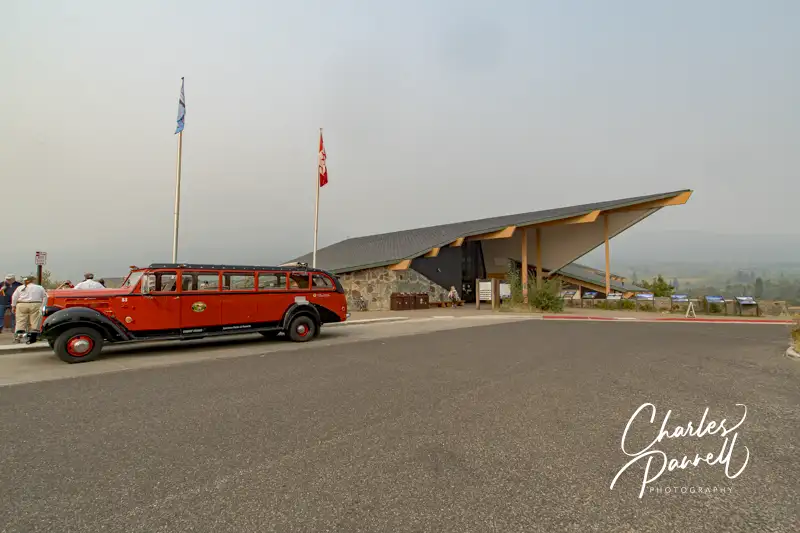
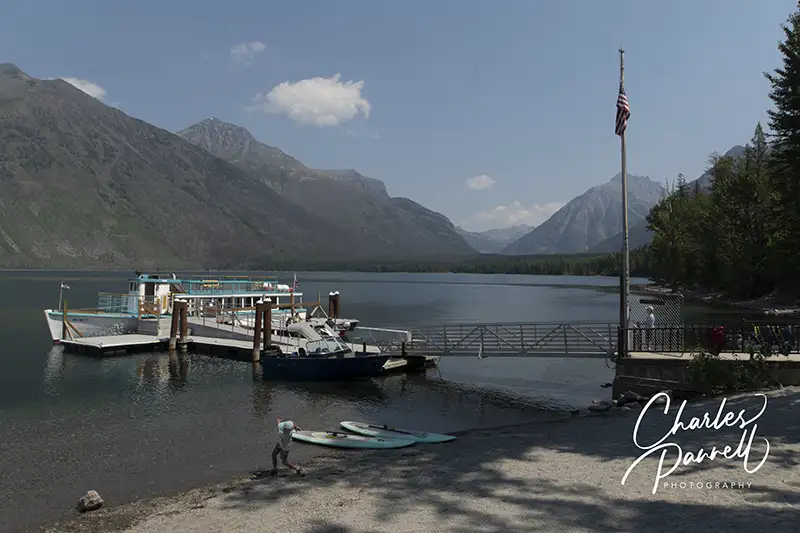
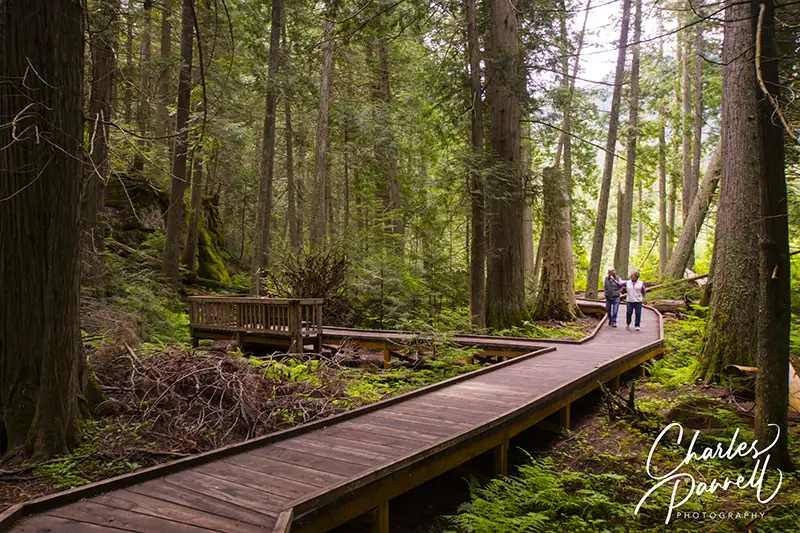
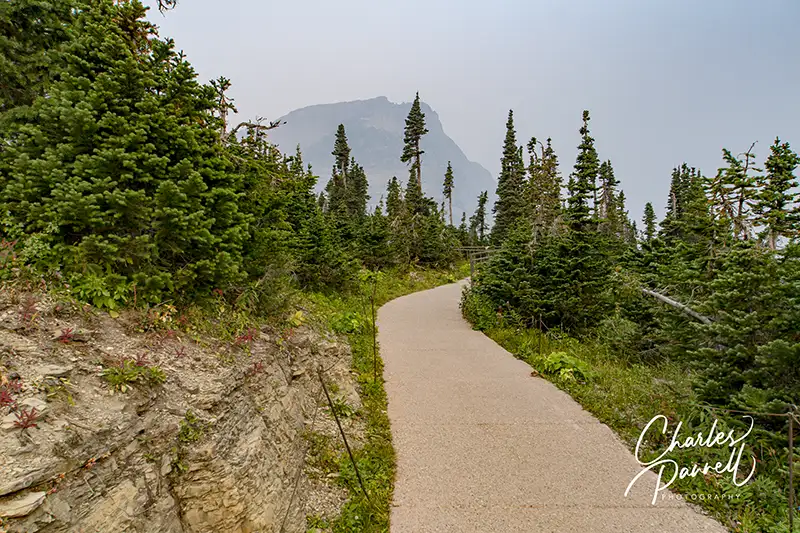
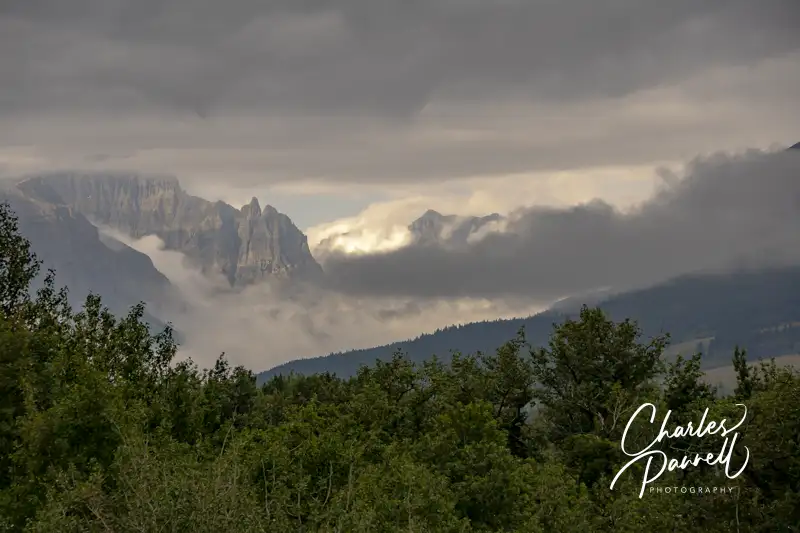
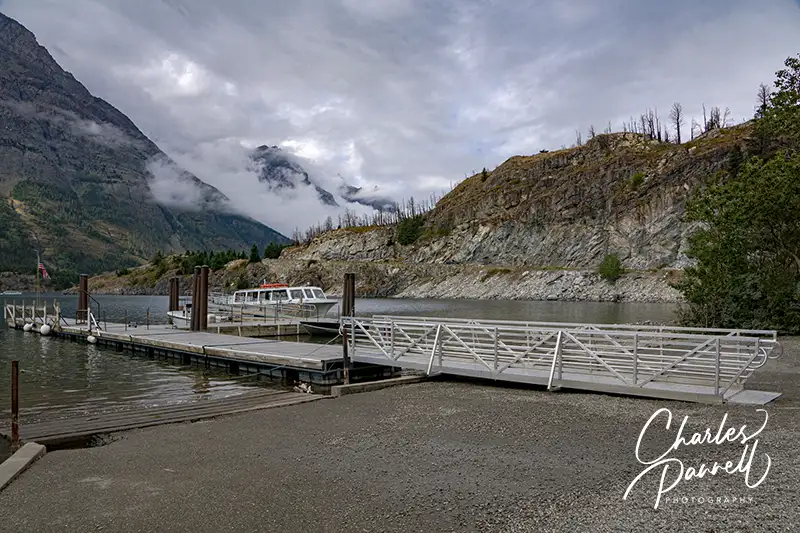

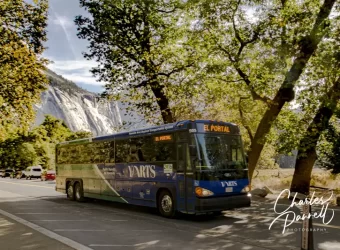
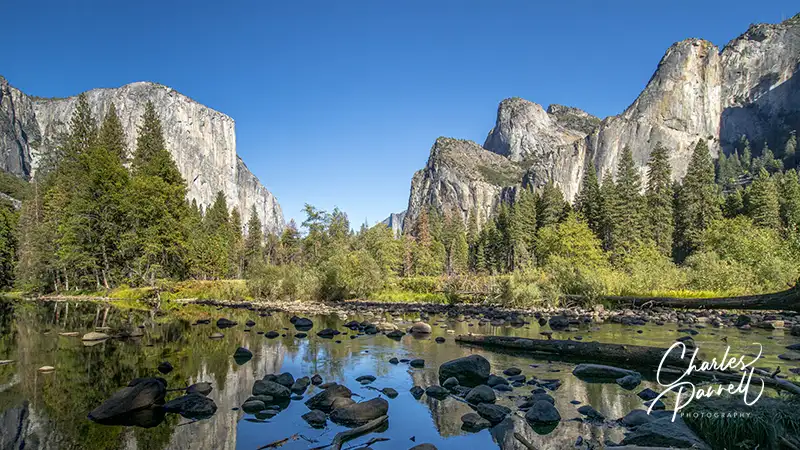

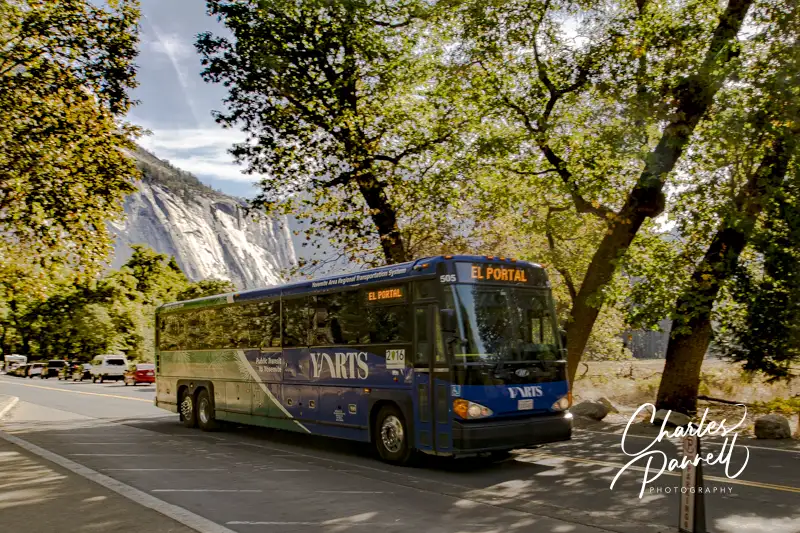

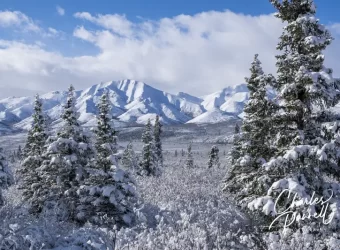
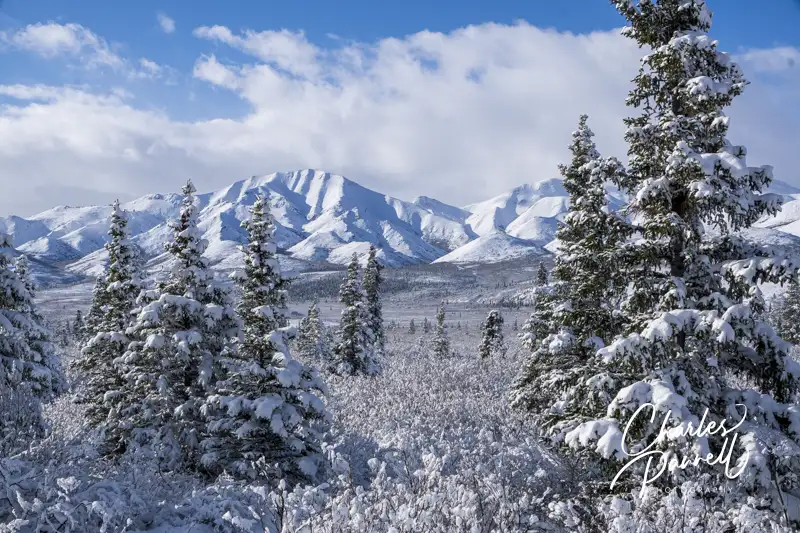
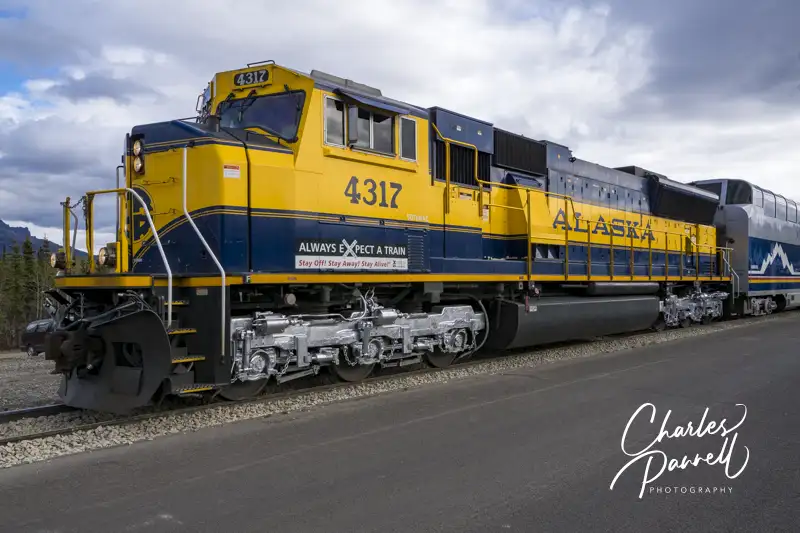
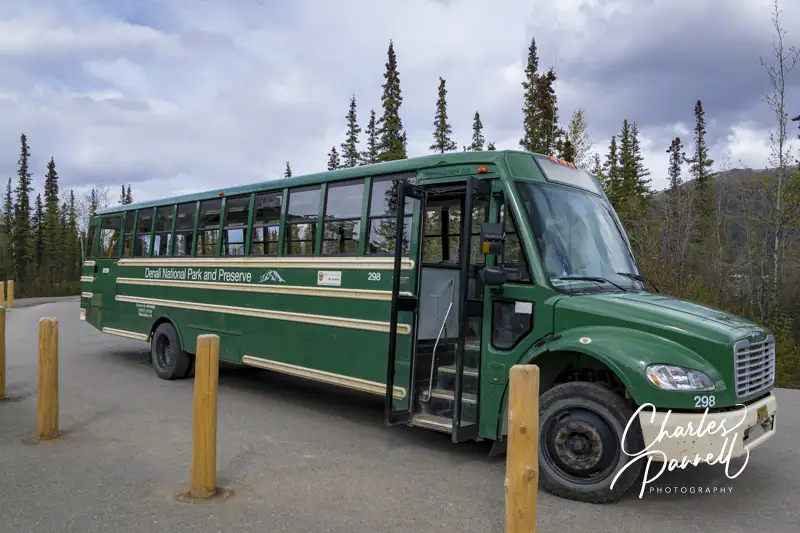
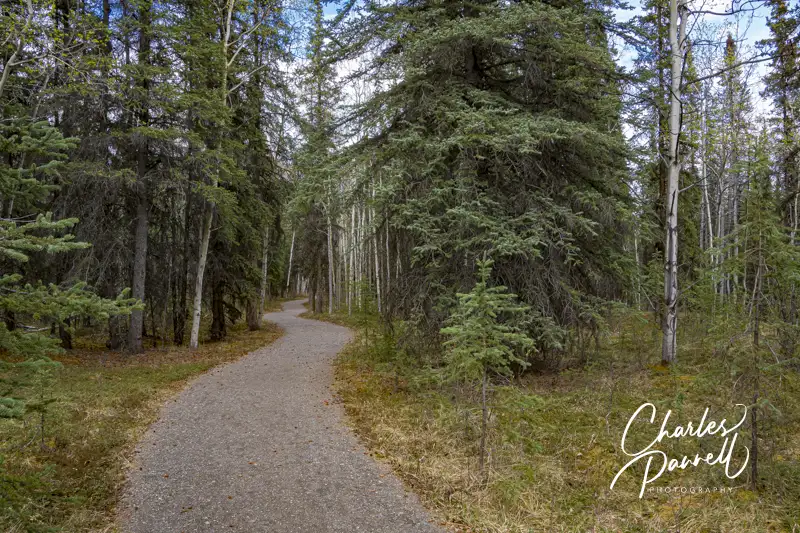
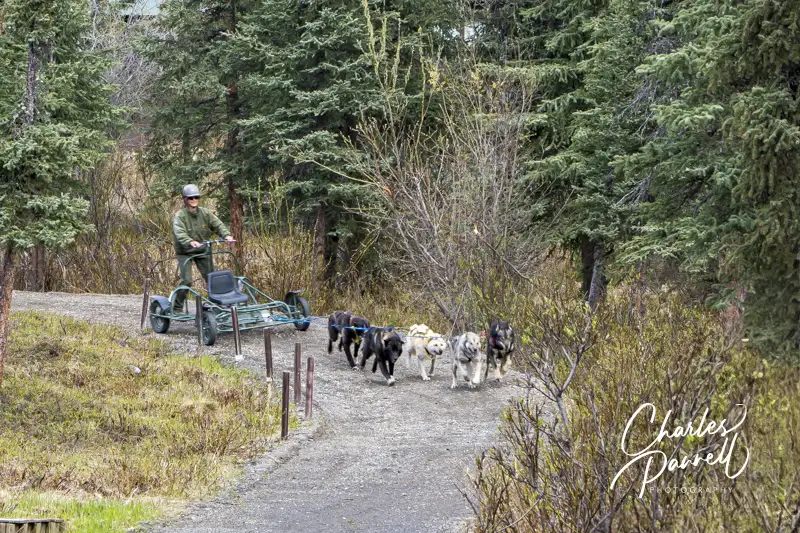
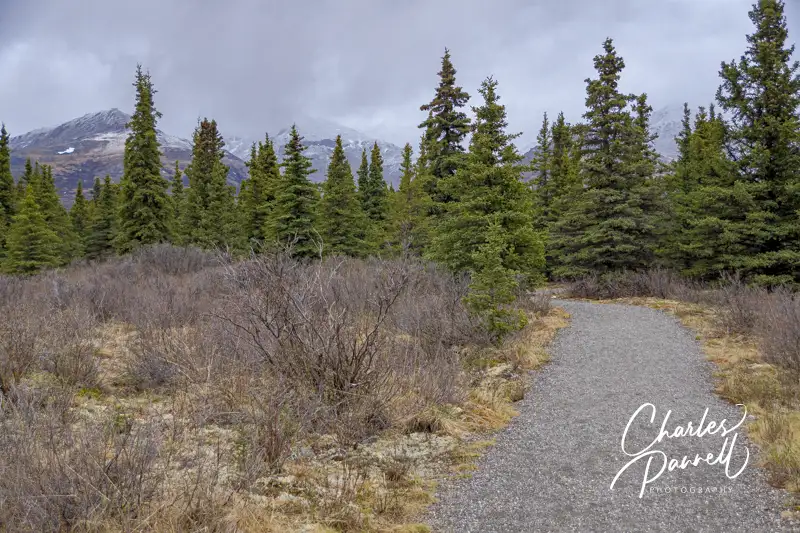
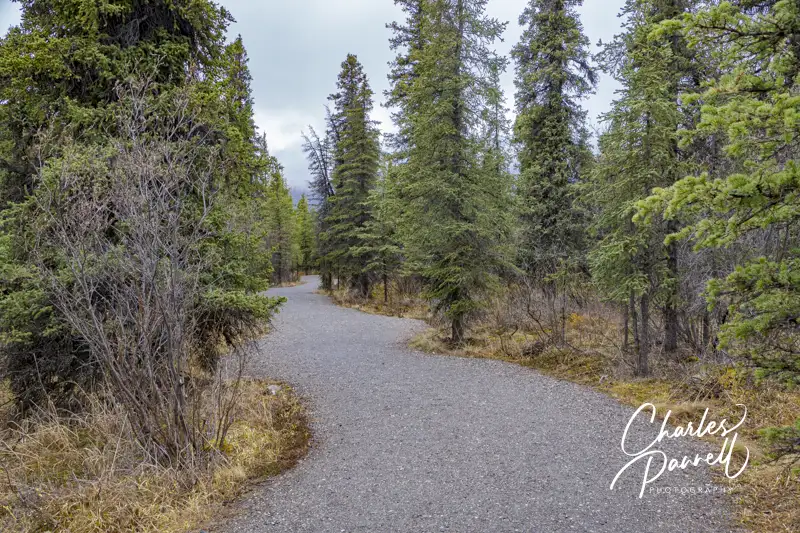
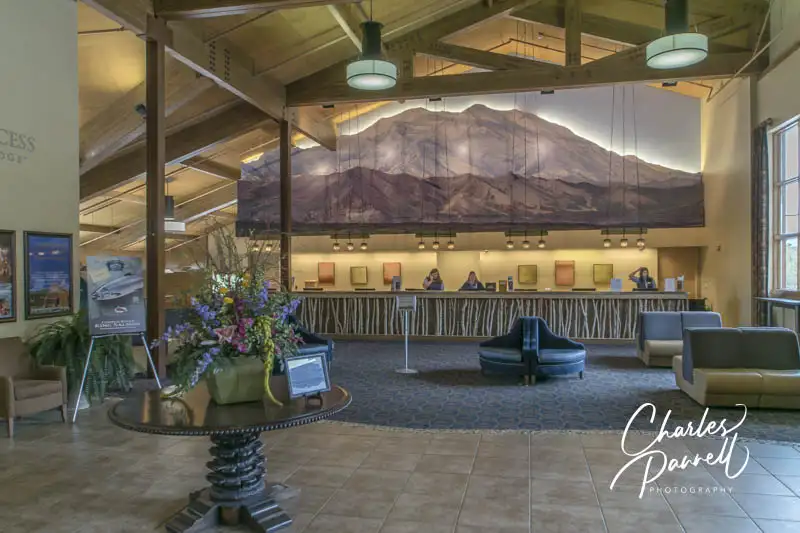
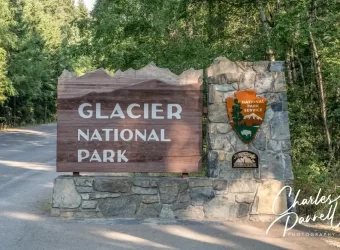
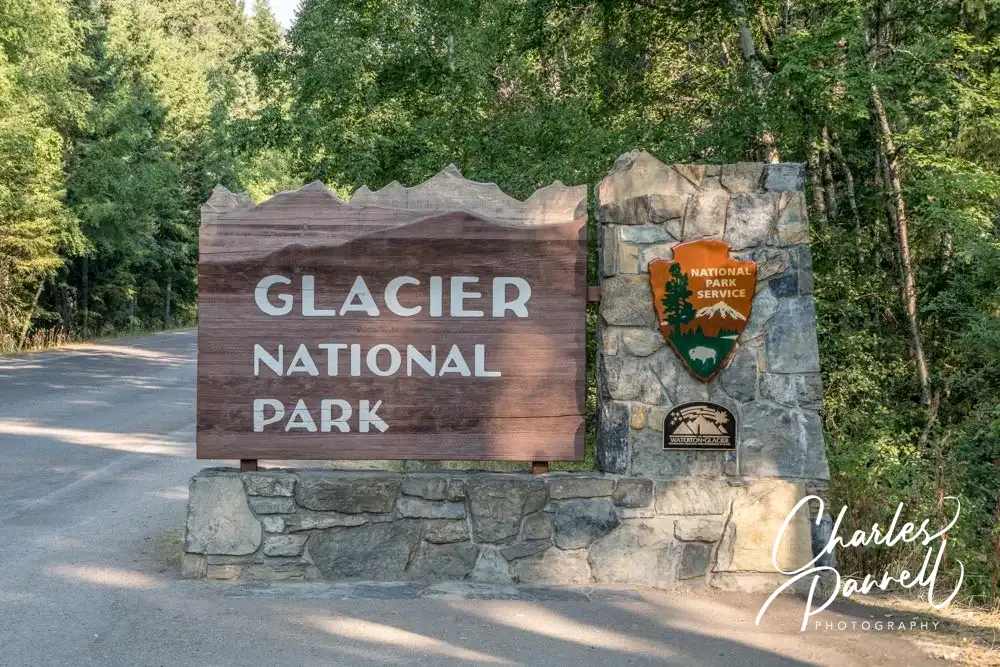 In most cases a national park visit requires a vehicle, which can add extra time and expense to a fly-drive itinerary. Factor accessibility into the equation and it becomes even more complicated, as adapted rental vans are sometimes not readily available at gateway airports.
In most cases a national park visit requires a vehicle, which can add extra time and expense to a fly-drive itinerary. Factor accessibility into the equation and it becomes even more complicated, as adapted rental vans are sometimes not readily available at gateway airports.